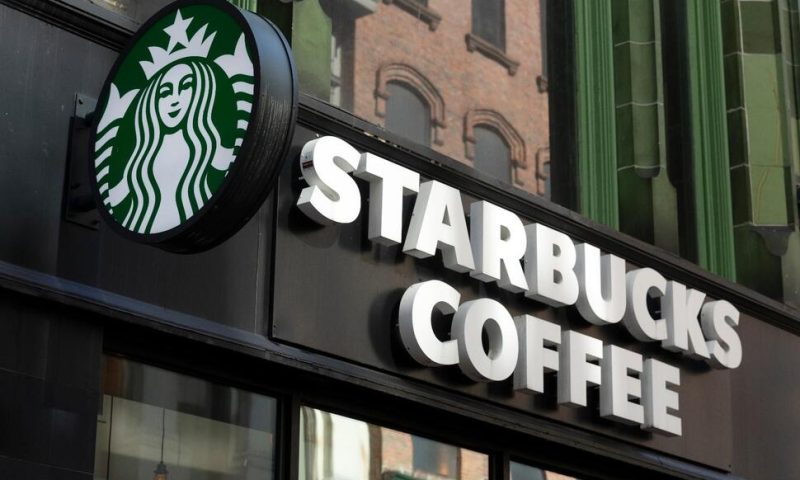Starbucks’ revenue rose 3% to a record $8.41 billion in its fiscal fourth quarter as U.S. customers shrugged off higher prices on frothy drinks and snacks.
Pumpkin spice pumped up Starbucks’ sales in its fiscal fourth quarter, and the company said it’s confident that momentum will carry on into next year.
Starbucks’ revenue rose 3% to a record $8.41 billion in the July-September period. The company said Thursday it saw its highest-ever sales week in September when it introduced its fall drinks. Sales of both hot and cold pumpkin spice drinks jumped 17% during the quarter.
Starbucks shares rose nearly 2% in after-hours trading.
Customers shrugged off higher prices and continued to pay extra for specialty drinks and snacks. Starbucks noted that 60% of the beverages it sells are now customized with flavor shots, foam and other extras.
“There is an affordable luxury to Starbucks that our customer base has been willing to support,” Starbucks’ interim CEO Howard Schultz said Thursday in a conference call with investors. Schultz said the company raised prices around 6% over the last year.
The Seattle coffee giant said its same-store sales __ or sales at locations open at least a year __ were up 7% worldwide in the July-September period. That beat Wall Street’s forecast of a 4.2% increase, according to analysts polled by FactSet.
North American strength offset weakness in China, where pandemic lockdowns are still impacting sales.
Same-store sales jumped 11% in North America, driven by a 10% increase in spending per visit. Same-store sales in China, Starbucks’ second-largest market after the U.S., fell 16%. Still, Starbucks noted that was significantly better than the third quarter, when China’s same-store sales plunged 44%.
“We are encouraged by the early signs of recovery we saw in China,” Schultz said.
Starbucks said it expects global same-store sales will rise between 7% and 9% in its 2023 fiscal year, compared to 8% in the fiscal year that just ended. Schultz said he’s confident the company can meet that goal because of its strong rewards program and its increasingly younger and very loyal customer base. Schultz said more than half of Starbucks’ customers are Millennials or Generation Z.
Starbucks said its net income fell 50% to $878 million in the three-month period that ended Oct. 2 as it invested in store remodels and employee wages. Adjusted for one-time items, the company earned 81 cents per share. That also beat Wall Street’s forecast of 72 cents.
Starbucks has been spending heavily on a plan to boost U.S. store efficiency and employee morale as it tries to head off a growing unionization movement, which it opposes. At least 249 of Starbucks’ 10,000 company-owned U.S. stores have voted to unionize since late last year.
At an investor meeting in September, Starbucks announced it will invest $450 million next year to make its North American stores more efficient and less complex. Employees have struggled with rising demand for customizable cold drinks __ they now make up 76% of U.S. drink sales __ in store kitchens designed for simpler hot drinks.
Sara Trilling, Starbucks’ executive vice president for North America, said the company has already rolled out hand-held cold foamers, new espresso machines and new warming ovens to the majority of its company-owned U.S. stores.
The company also announced a $1 billion investment in employee wages and benefits last fall and added $200 million more for pay, worker training and other benefits in May.

